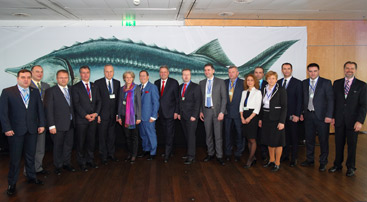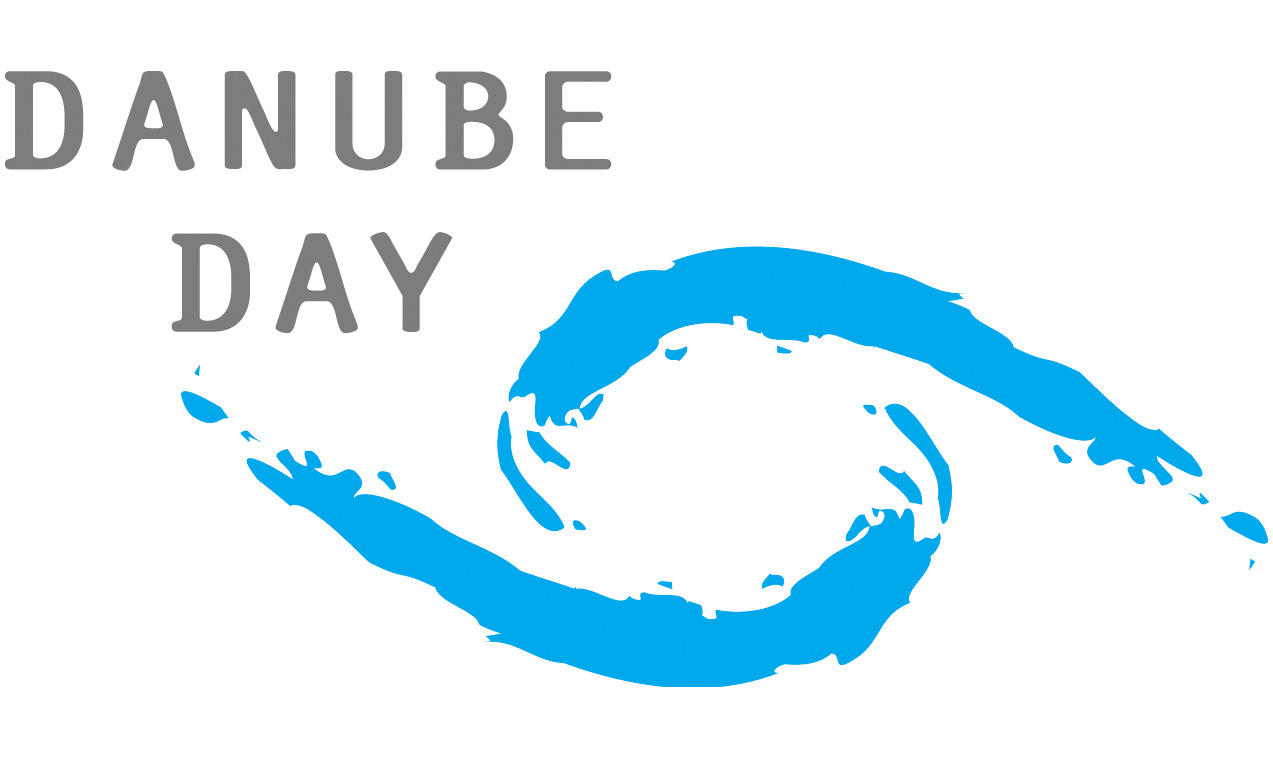Danube Watch 1/2016 - Danube Declaration 2016: a vision for the river basin
Danube Declaration 2016: a vision for the river basin
In December last year, the ICPDR adopted two management plans that will be the roadmap for the work of the commission until 2021. A complex system such as a river, however, requires visionary steering beyond work programmes. This visionary steering will be provided by the Danube Declaration 2016, a ministerial declaration adopted at the ICPDR Ministerial Meeting on 9 February 2016.

The Danube Declaration highlights the significance of the ICPDR as the main coordinating mechanism for transboundary water management in the Danube River Basin.
© Schedl/ICPDR
The ICPDR organises Ministerial Meetings only once every six years, making them exceptional opportunities to add political limelight to specific aspects of the commission’s work. The most recent meeting of this kind was held in Vienna on 9 February 2016. The occasion marked the adoption of the two plans for river basin and flood risk management; but it also added political weight to the plans, which the 15 ministers and high-level representatives endorsed. This is important because the EU directives underlying the plans – the Water Framework Directive and Floods Directive – are legally binding only in EU Member States. However, ICPDR countries that are not (yet) members of the EU commit to the directives politically. In addition, the ministers extended the objectives of the management plans further – and formalised this in a Danube Declaration, which was adopted at the meeting.
On the institutional side, the Danube Declaration highlights the significance of the ICPDR as the main coordinating mechanism for transboundary water management in the Danube River Basin; and it reaffirms the significance of the Danube River Protection Convention underlying this. The ministers also committed to implement the Joint Programme of Measures and the equivalent national programmes as integral parts of the management plans.
Past progress and future work. With regard to pollution reduction, the ministers highlighted progress in the reduction of organic pollution and the remarkable decrease of point sources of nitrate and phosphate pollution. They also called for further action to decrease pollution from diffuse sources. Hazardous substance pollution is a challenge and the ministers highlighted that more information would be needed to close existing knowledge gaps in this field.
Other aspects of the declaration also relate to areas in the management plans: looking at hydromorphological alterations, the ministers welcomed recent progress and the framework that the Danube River Basin Management Plan provides for further work. Pressures on groundwater were emphasised, such as nitrate pollution or over-abstraction, and the ministers called for higher investments in flood protection measures as well as solidarity in managing floods so that floods are not just passed on to downstream regions.
Coordinating with other efforts across the basin. Importantly, the ministers promoted integration, for example in the fields of conservation and restoration; EU biodiversity and climate policies; hydropower development; inland navigation; agriculture; and adaptation to climate change, foreseeing the update of the ICPDR’s climate change adaptation strategy in 2018.
In the declaration, the ministers expressed their appreciation for communication efforts and the promotion of sturgeons as flagship species of the ICPDR. This highlights the link to the EU Strategy for the Danube Region, as the Danube Sturgeon Task Force draws considerable support from ICPDR structures. In line with this, the ministers also expressed support for sturgeon fishing bans and work towards improving fish migration at the Iron Gates Dams.
The next ICPDR Ministerial Meeting will be held in 2022. Meanwhile, you can read the original text of the Danube Declaration online at http://icpdr.org/mm16







